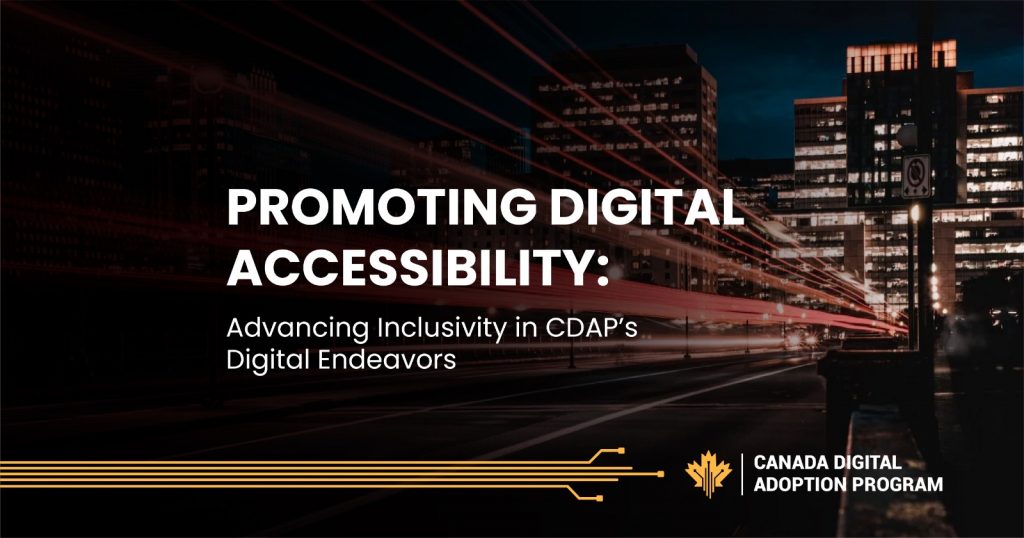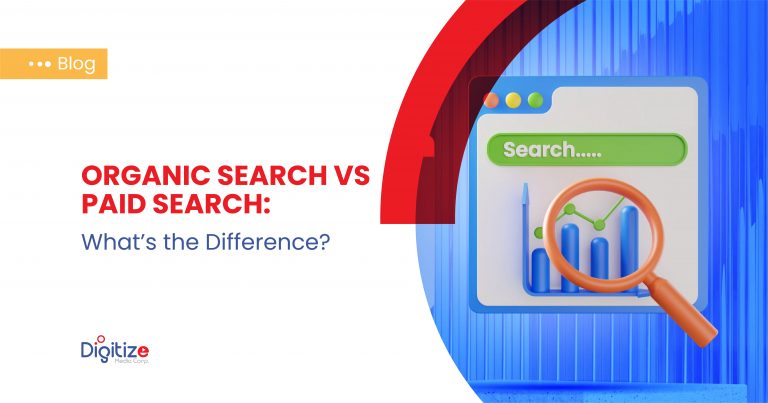In the realm of digital innovation, the importance of accessibility cannot be overstated. The Community Digital Assistance Program (CDAP) spearheaded by the CDAP Digital Advisor in Edmonton, has proactively integrated digital accessibility into its core initiatives. This in-depth exploration focuses on how CDAP is setting a benchmark in creating digitally inclusive environments, aligning with the broader objective of ensuring ‘CDAP accessibility’ in all its projects. By examining guidelines, tools, and best practices, we will understand how CDAP adheres to standards and pioneers digital inclusivity.
CDAP’s Comprehensive Approach to Digital Accessibility
The Community Digital Assistance Program (CDAP), particularly in Edmonton, has taken a groundbreaking approach to digital accessibility, ensuring that technology services and products are inclusive and accessible to all, including people with disabilities. This 400-word exposition delves into the multifaceted strategies that underpin CDAP’s commitment to digital accessibility.
Incorporating Accessibility in the Design Phase
A key aspect of CDAP’s approach is the integration of accessibility considerations right from the design phase of digital projects. This proactive strategy involves incorporating accessible design principles, ensuring that websites, applications, and other digital tools are usable by people with a wide range of abilities. By embedding accessibility in the initial design, CDAP mitigates the need for retroactive modifications, making digital resources more inherently inclusive.
Adhering to Global Accessibility Standards
CDAP rigorously adheres to international accessibility standards, chiefly the Web Content Accessibility Guidelines (WCAG). These guidelines provide a comprehensive framework for creating digital content accessible to people with disabilities, including those with visual, auditory, motor, and cognitive impairments. CDAP’s strict adherence to these standards exemplifies its commitment to creating digital solutions that are not only compliant but also universally accessible.
Utilizing Advanced Accessibility Tools and Technologies
To enhance digital accessibility, CDAP employs a range of advanced tools and technologies. This includes screen readers, text-to-speech software, and alternative input methods, ensuring their digital offerings are accessible to users with various disabilities. Furthermore, CDAP invests in accessibility testing tools, continuously evaluating and improving their digital projects to meet and exceed accessibility standards.
Training and Awareness: Building an Inclusive Culture
A crucial component of CDAP’s approach is the emphasis on training and awareness. Regular workshops and training sessions for staff and developers are conducted to foster an understanding of the importance of digital accessibility. This educational initiative ensures that the team remains aware of the best practices in accessible design and development, fostering a culture that prioritizes inclusivity.
Continuous Improvement and User Feedback
CDAP’s approach to digital accessibility is not static; it involves a continuous improvement cycle. By actively seeking feedback from users, including those with disabilities, CDAP ensures that their digital products are technically compliant and practically functional. This feedback loop allows for the constant evolution of their digital offerings, aligning them more closely with the real-world needs of all users.
Adherence to Accessibility Guidelines and Standards
A crucial aspect of ensuring digital accessibility in CDAP projects is adherence to internationally recognized guidelines such as the Web Content Accessibility Guidelines (WCAG). These guidelines are the gold standard for creating web content accessible to people with disabilities. CDAP’s alignment with WCAG ensures that its digital content and interfaces are perceivable, operable, understandable, and robust for all users, regardless of their abilities.
Leveraging Tools and Technologies for Enhanced Accessibility
CDAP’s strategy includes employing various tools and technologies to enhance digital accessibility. This includes screen readers, text-to-speech software, alternative input devices, and various forms of assistive technology. Moreover, CDAP prioritizes training its developers and designers in accessibility testing tools and methodologies, ensuring that all digital projects meet stringent accessibility standards.
Implementing Best Practices for Digital Inclusivity
In its pursuit of digital inclusivity, CDAP adheres to a set of best practices that ensure its digital projects are accessible to all. This includes designing with accessibility in mind from the outset, conducting regular user testing with diverse groups, including individuals with disabilities, and maintaining an ongoing dialogue with users to ensure continuous improvement in accessibility standards.
The Role of Inclusive Design in CDAP Projects
Inclusive design is a fundamental principle in CDAP’s approach to digital projects. This philosophy goes beyond addressing the needs of people with disabilities and aims to create better user experiences for a broader audience. CDAP’s commitment to inclusive design ensures that its digital projects are more usable, accessible, and beneficial to a broader community.
CDAP’s Impact on Community Through Accessibility
The impact of CDAP’s commitment to digital accessibility is profound. It empowers individuals with disabilities by providing equal access to digital resources and fosters a more inclusive community. This inclusive approach aligns with Edmonton’s broader goals of promoting equality and ensuring every community member can access digital resources.
Embedding Accessibility in the Fabric of Digital Innovation
The primary takeaway from CDAP’s approach to digital accessibility is the recognition that inclusivity must be an integral part of digital innovation. By embedding accessibility standards and practices into its projects, CDAP sets an exemplary model for others to follow, showcasing that technology can be accessible and beneficial to everyone. Explore how CDAP incorporates accessibility into its research and development initiatives in CDAP and Research & Development.
Leading the Charge in Digital Accessibility Through CDAP
In summing up, CDAP’s unwavering commitment to digital accessibility is not only commendable but also a necessary step in the evolution of digital landscapes. CDAP’s initiatives in prioritizing accessibility across all its digital projects underscore a leading role in fostering an inclusive digital environment that serves the diverse needs of all users.
Join the journey towards a more accessible digital future with CDAP. Engage with CDAP’s initiatives and learn how you can contribute to creating inclusive and accessible digital experiences for all.








